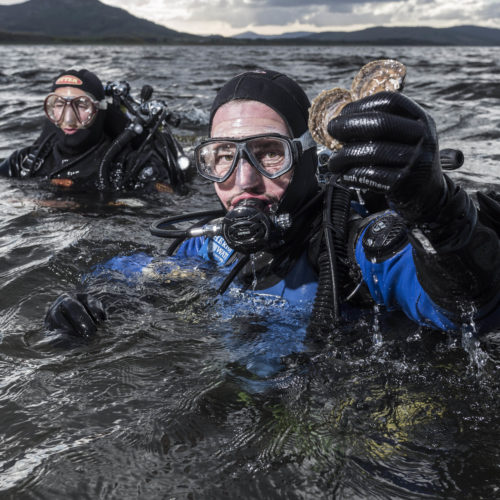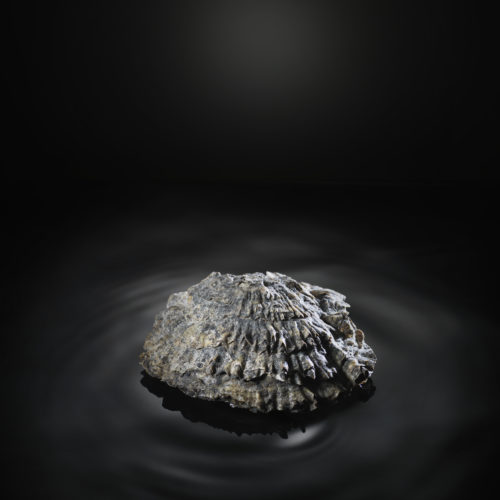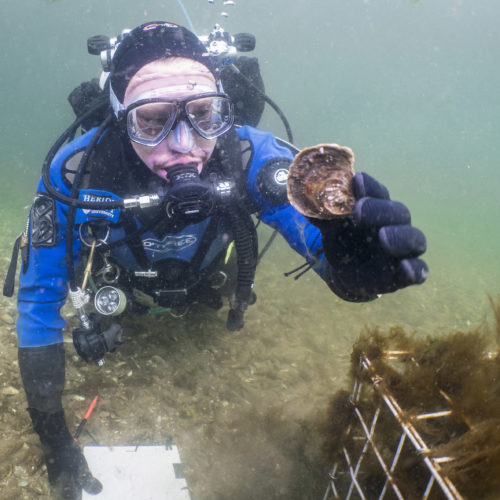Project Aim: Ecosystem restoration
Begun in 2014, DEEP is delivered through a partnership between Glenmorangie, which has provided seed funding, Heriot-Watt University through research and field work led by Dr Bill Sanderson, and the Marine Conservation Society, which delivers community engagement, communications support and advocacy. The project’s first phase trawled archaeological records, ancient literature and fisheries records, then sampled shell material, to show that oysters had existed in the Dornoch Firth up to 10,000 years ago – and that reintroducing them was feasible. In 2017, 300 oysters from the UK’s only sizeable wild oyster population in Loch Ryan, were carefully placed on two sites in the Dornoch Firth in ballasted bags, to confirm that they would thrive in the water. Researchers were delighted to see a survival rate in line with their highest expectations – up to 86% on one site.
For the next phase of the project, waste shell from the scallop and mussel industry will be used to cover the seabed in two locations in October 2018, to form the first pair of a series of reefs for the oysters. This will help to stabilise the sediment and allow the oysters to grow on top, mimicking the conditions in which the species would have grown before they became extinct in the Firth. Between October and the following spring, they then will place a total of 20,000 oysters, grown by suppliers across the UK, on these reefs. The scientists, who will monitor the oysters every six months, then plan to increase the numbers to 200,000 within three years and to some four million, over around 40 hectares, in five years. At this stage, they believe the reefs will cover an area and density most likely to ensure a self-sustaining oyster population – replicating the numbers which would have existed before the species was wiped out in the 1900s.










